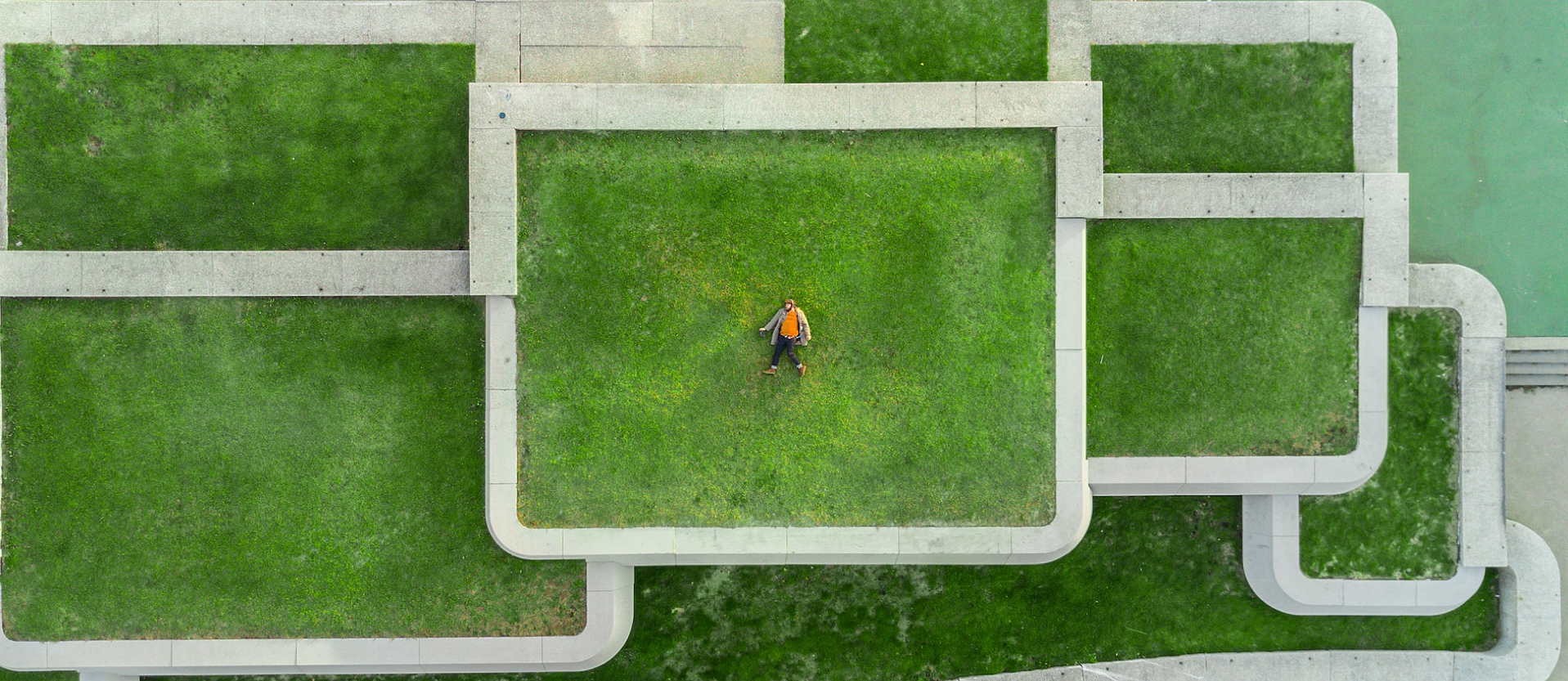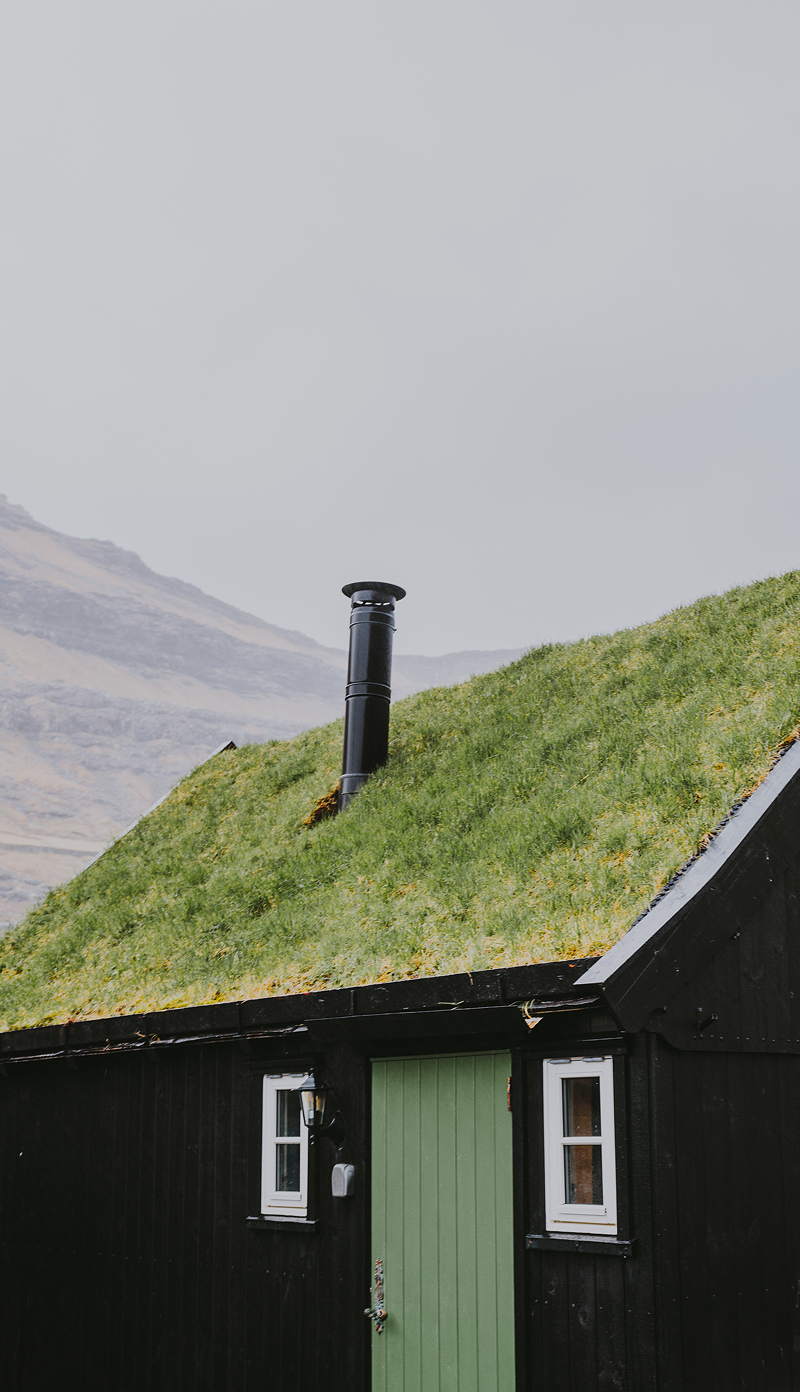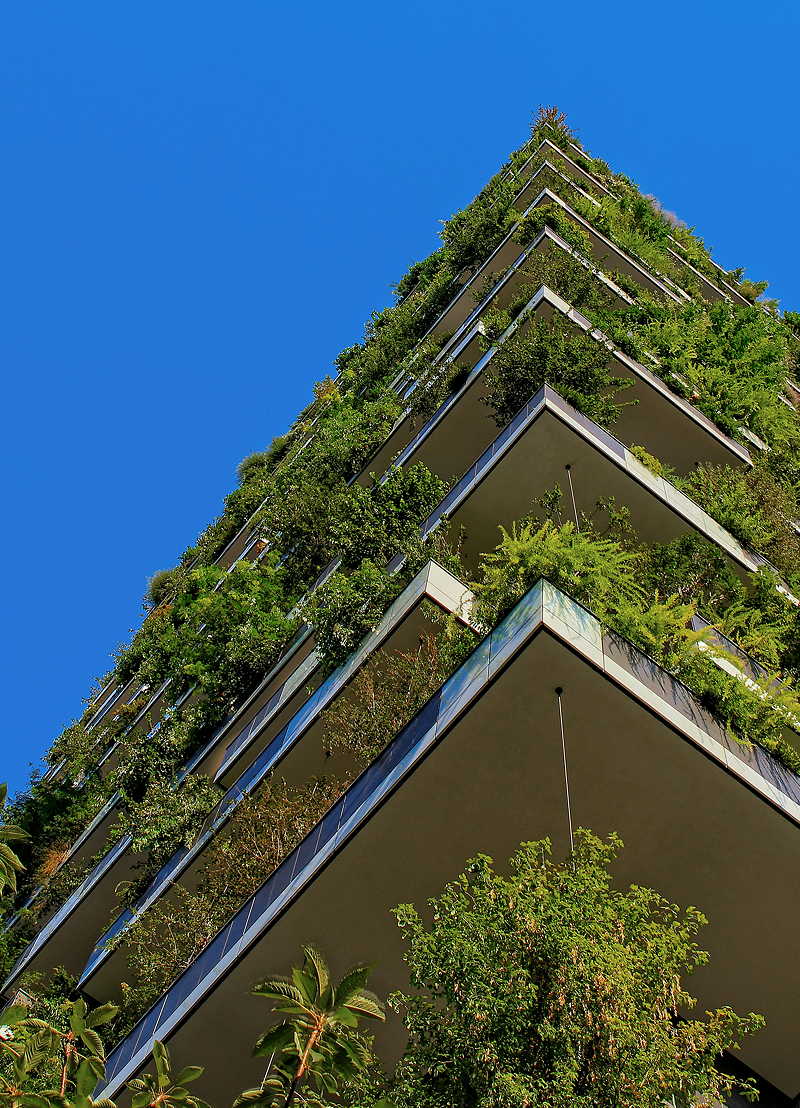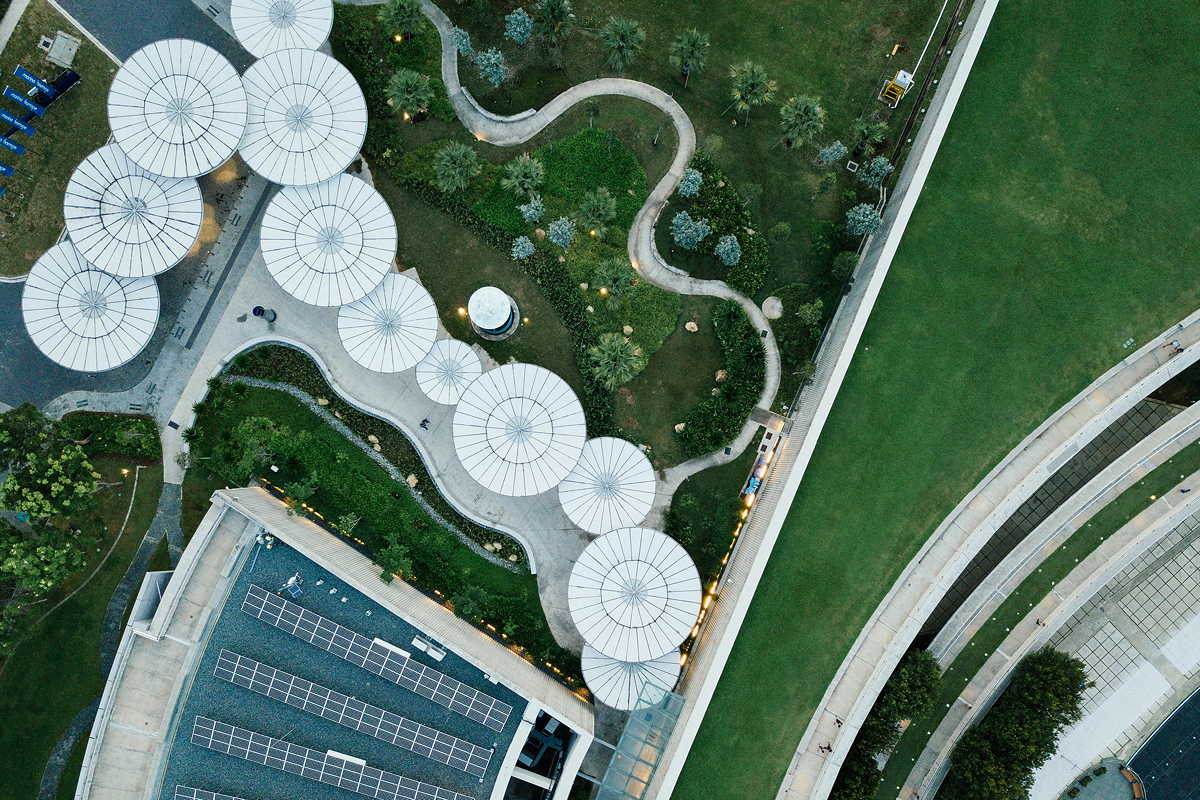
Green Roofs | Creating Aesthetic And Sustainable Buildings
Imagine yourself enjoying nature or a garden oasis amidst the bustling concrete jungle of a city. Transforming our buildings into both aesthetically pleasing and sustainable structures is achievable by implementing green roofs. This innovative approach not only enhances energy efficiency but also brings multifaceted advantages, benefiting both the ecosystem and the people within it. Discover more about the wonders of green roofs!
A study published in Applied Energy highlights that buildings are responsible for 33% of global greenhouse gas emissions. The imperative to tackle significant energy and resource consumption in buildings is driving the adoption of sustainable methods and environmentally conscious, energy-efficient technologies. In such circumstances, a viable solution is to reconnect with nature. We understand the positive impact of green, natural spaces on fostering healthy ecosystems and filtering pollutants. So, why not transform our rooftops into green spaces? By optimising unused potential, we not only contribute to the environment but also enhance the aesthetic appeal of our buildings.


HOW ARE GREEN ROOFS MADE?
Also referred to as eco-roofs or living roofs, green roofs are an extension of the existing roof with plants in the final layer. The technology is not simply placing plants but, but actively incorporating them into the building through a layering system. The layers include “high-quality waterproofing, root repellent system, drainage system, filter cloth, a lightweight growing medium, and plants” explains the Green Roofs Organization. The growing medium is a mixture of soil with inorganic material, otherwise, it would be too heavy for roofs. Nonetheless, the mixture still provides all the required nutrients.
The technology is safe to use. The intricate system protects the roof and prevents water or roots from getting into the building. The system also prevents soil from being drained away. Green roofs are simple and efficient to install. They can come preassembled or installed separately on-site. Once the waterproofing medium and growing medium are installed, we can adapt the roof to plant decorative plants, flowers, or food crops.
The increasing popularity of green roofs has spurred technological advancements aimed at creating various types tailored to specific situations. According to ANS Global, there are four distinct categories of green roofs, each designed for different purposes: extensive, intensive, semi-intensive, and brown or biodiverse green roofs.
BENEFITS OF GREEN ROOFS
To start, one of the most widely studied benefits of green roofs is their ability to combat Urban Heat Islands, phenomenon where urban areas are significantly warmer than surrounding rural areas. Green roofs are great insulators, preventing external heat and maintaining internal temperatures. In the summer, traditional roofs absorb heat from the sun, causing buildings to warm up. Green roof plants, on the other hand, absorb and reflect sunlight, protecting the building from rising temperatures. Additionally, the moisture from the plants keeps the building cool. Overall, the system diminishes the energy demand for cooling during hot summers. The ENEA acknowledges that green roofs may have benefits for temperature control in colder months. However, more research is needed to know the benefits of green roofs in temperature regulation in winter.
OTHER ENVIRONMENTAL BENEFITS
Furthermore, green roofs are excellent for rainwater management. They efficiently retain water that is gradually released into the environment through plant absorption and evaporation. On average, these roofs can retain 62% of stormwater, leading to a notable reduction in city runoff. Furthermore, a study conducted in Kansas indicates that green roofs possess the potential to enhance air quality by capturing airborne pollutants, atmospheric deposition, and filtering harmful gases. The system’s ability to lower temperatures and decrease energy consumption further contributes to a reduction in pollutant concentration.
SOCIAL BENEFITS
Green roofs offer an environmentally conscious and aesthetically pleasing solution to enhance the beauty of our buildings. Beyond their ecological benefits, these rooftops create inviting spaces for people to interact, relax, and reconnect with nature. The versatile nature of green roofs allows for the development of community gardens, commercial spaces, and recreational areas, fostering a stronger sense of community within these green environments. Moreover, the advantages extend to sound attenuation, providing a notable level of soundproofing. The vegetation on green roofs acts as a natural barrier, absorbing and reducing noise levels, thereby contributing to a more serene and peaceful atmosphere.


PUTTING IT INTO PRACTICE
We should bear in mind that the most sustainable approach is to utilise existing structures rather than constructing new buildings. However, when building with a specific purpose in mind, it has the potential to enhance the experiences of individuals while benefiting the environment. Equally important, we should focus on green roof projects that focus on revitalising unused spaces within an existing building. The following examples highlight the imaginative ways in which architects can enhance buildings by incorporating diverse designs, shapes, and purposes into their green roof projects.
DESIGNS WITH GREEN ROOFS
CHICAGO
First, Chicago is full of green roof projects, among them, The Meadow at the Old Chicago Post Office. After the post service relocated, the building underwent renovations. The architecture firm Hoerr Schaudt transformed the industrial warehouse into a modern workplace. The objective was to offer over 16,000 tenants the same amenities a new building would have. It is the largest private rooftop garden in the country. The biodiversity in the rooftop spans over 50 species of plants and trees that prevent over a quarter-million gallons from becoming polluted runoff.
Another noteworthy project within the city’s landscape is the exquisitely designed rooftop garden at Chicago City Hall. The rooftop garden started as a test project in conjunction with the City’s Urban Heat Island Initiative. Its main purpose was to evaluate the benefits of green roofs and their influence on temperature and air quality. Featuring 20,000 plants from more than 150 species, the garden encompasses a diverse range of shrubs, vines, and trees.
JAPAN
Next, JERDE created a refreshing breeze of nature inside the dense urban setting of Osaka. Namba Parks combines economic and environmental goals through smart sustainable concepts that highlight Osaka’s identity. It is a multipurpose complex with entertainment, retail, residential, and office areas. The park blends urban amenities with lush gardens, tranquil flower-lined pathways, trees, and miniature ponds. Everything is irrigated with purified recycled water, coming from the restaurants inside the building. The park creates a community, becoming a big backyard for everyone to enjoy. It also helps combat heat waves in the summer. While the concrete can reach up to 45 degrees Celsius, the park only reaches 33 degrees Celsius.
In the 1990s, Japan was already a pioneer in green roof architecture with ACROS Fukuoka. Designed by Emilio Ambasz, the building features a sloping roof top adorned with a diverse array of plant life. Initially planted with over 70 varieties, the biodiversity expanded to 120 through natural seed dispersal facilitated by the bustling wildlife in the area. ACROS Fukuoka addressed Japan’s urban challenges, particularly the limited space for green areas in densely populated urban environments. Today, the building serves as a multifunctional space, hosting symphony orchestras and trade exhibitions.
ROTTERDAM
Moreover, The Netherlands is thriving with eco-friendly construction initiatives, with Rotterdam at the forefront featuring the Rotterdam Rooftop Walk. In the summer of 2022, the city ingeniously connected various rooftops and iconic buildings for visitors to experience how green roofs can contribute to a better, smart future for cities. The air bridges were designed in collaboration with MRDV architects. It was a space for companies and NGOs to showcase the latest innovations in green roofs, energy transition, and water retention, among more proposals. The overarching aim is to promote the concept of utilising unused rooftops as public spaces for nature escapes within the city. The city aims to have a total of 800,000 square metres of green roofs by 2030.
Highlight Image:
© Martin Reisch via Unsplash
Words:
Francesco Witt
Luxiders Magazine








